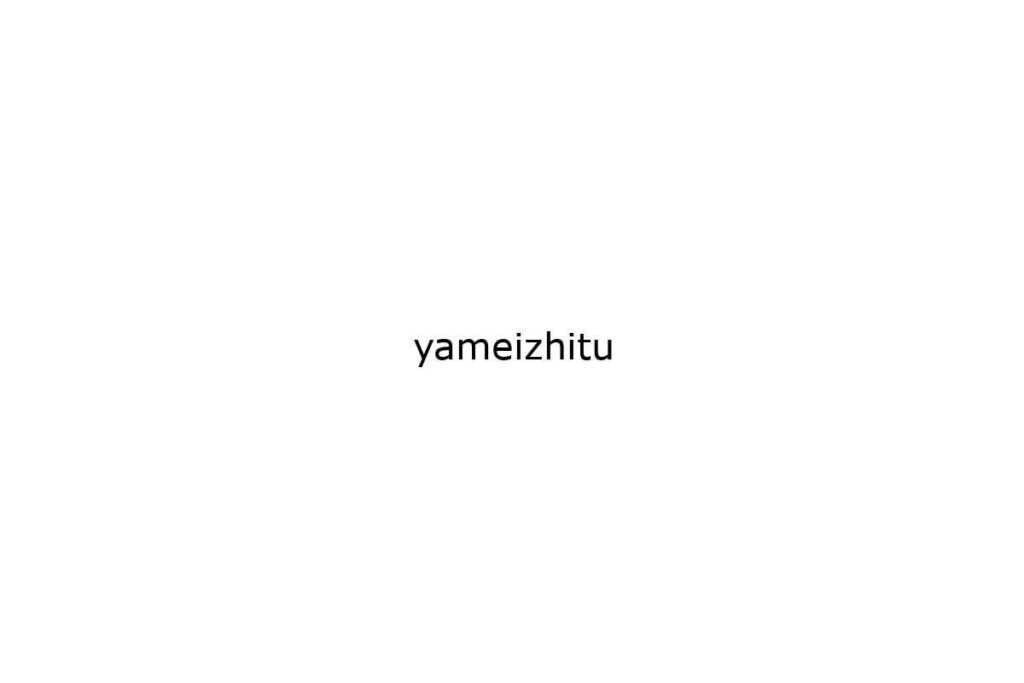When I first stumbled upon “yameizhitu,” I was captivated by its unique blend of art and culture. This intriguing concept, rooted in Chinese tradition, showcases the beauty of nature through intricate paintings and visual storytelling. It’s more than just art; it’s a window into the soul of a culture that values harmony and balance.
As I delved deeper, I discovered how yameizhitu reflects the nuances of life, capturing fleeting moments that often go unnoticed. Each piece tells a story, inviting viewers to explore the emotions and experiences behind the brushstrokes. In this article, I’ll take you on a journey through the world of yameizhitu, revealing its significance and the artistry that makes it so special.
Overview Of Yameizhitu
Yameizhitu is a rich blend of art and cultural heritage that emphasizes visual storytelling. Originating from Chinese traditions, it intricately depicts natural beauty through detailed paintings. Each artwork captures elements of life, helping viewers connect with the emotions reflected in various scenes.
Yameizhitu art focuses on several key elements:
- Nature: Yameizhitu highlights landscapes, flora, and fauna, often illustrating the changing seasons and their effects.
- Emotion: Artists embed feelings within their work, allowing audiences to experience joy, tranquility, or nostalgia.
- Technique: Traditional brushwork and ink washes characterize the style, showcasing skills passed down through generations.
- Symbolism: Many pieces incorporate symbolic elements, drawing on cultural meanings associated with specific plants and animals.
Through its vibrant visuals, yameizhitu invites audiences to engage with the artwork, encouraging reflection on nature and life’s impermanence. Its dedication to artistry and emotional depth makes yameizhitu a unique and cherished cultural practice.
Features Of Yameizhitu
Yameizhitu boasts several key features that reflect its artistic depth and cultural significance. These features enhance the overall experience for both the creators and the audience.
Design Aspects
Yameizhitu emphasizes intricate designs that showcase natural beauty. Each piece highlights landscapes, flora, and fauna using traditional Chinese brushwork. Artists pay careful attention to composition, balance, and color, creating harmony throughout the artwork. Symbolic elements further enrich the designs. For example, lotus flowers often represent purity, while pine trees symbolize resilience. The integration of these motifs invites deeper analysis, encouraging viewers to explore the cultural meaning behind the visual elements.
User Interface
Yameizhitu incorporates a user-friendly digital interface, making access and navigation seamless. The platform features intuitive menus and categories, allowing users to easily discover various artworks. High-resolution images provide detailed views, enhancing the appreciation of intricate brushwork and textures. Search functionality enables users to filter artworks by theme, artist, or symbolism, streamlining the exploration process. Moreover, interactive elements encourage viewer engagement through comments and discussions about each piece, fostering a community centered around shared appreciation for yameizhitu.
Benefits Of Using Yameizhitu
Yameizhitu offers various benefits, enhancing both individual creativity and the overall organization of artistic expression.
Enhanced Creativity
Yameizhitu stimulates the creative process through its intricate designs and vibrant storytelling. Artists explore nature in unique ways, allowing them to experiment with color and composition. Each piece encourages original thought, inspiring new interpretations and artistic approaches. Engaging with yameizhitu fosters a deeper understanding of nature’s subtleties, enabling artists to translate their observations into captivating visuals. This artistic exploration often leads to personal style development and innovative techniques.
Improved Organization
Yameizhitu promotes organization not only in artistic creation but also in exhibiting art. The structured frameworks of its compositions guide artists to arrange elements thoughtfully. This approach ensures harmony and balance within each piece, helping viewers appreciate the artwork’s complexity. Additionally, the digital interface associated with yameizhitu organizes collections by themes and motifs, simplifying navigation. Users can easily find specific artworks, enhancing their overall experience while engaging with the cultural heritage embedded in yameizhitu. This organization helps maintain the integrity and significance of each artwork, preserving its artistic value.
Drawbacks Of Yameizhitu
Yameizhitu, while rich in beauty and cultural significance, presents certain drawbacks that can hinder its accessibility and understanding. These concerns include the learning curve and limitations encountered by artists and audiences.
Learning Curve
I find that mastering yameizhitu requires dedicated practice and an understanding of traditional techniques. The intricacies of brushwork and composition demand time and patience, which may discourage beginners. Learning to integrate emotion and symbolism into artwork without formal training can be challenging. The complexity of the art form can lead to frustration for those unfamiliar with the cultural context, limiting broader appreciation.
Limitations
Yameizhitu may present limitations in its appeal and audience engagement. Some audiences may perceive the intricate details as overwhelming or difficult to interpret. Moreover, the reliance on traditional techniques may restrict innovation, potentially resulting in less diverse artistic expressions. The digital interface, while user-friendly, might not fully capture the depth of the physical artworks, making it difficult for users to connect with them on a deeper level. Limited access to quality materials and training resources can further restrict aspiring artists’ ability to fully embrace yameizhitu’s beauty and traditions.
Conclusion
Yameizhitu is more than just an art form; it’s a profound connection to nature and culture. Through its intricate designs and emotional storytelling, it invites us to appreciate the beauty around us. While there are challenges in mastering its techniques and understanding its depth, the rewards are plentiful for those willing to engage.
As I explore yameizhitu, I find inspiration in its symbolism and the rich narratives it conveys. This art form encourages creativity and reflection, making it a valuable addition to anyone’s artistic journey. Embracing yameizhitu not only enriches our understanding of art but also deepens our connection to the world we inhabit.
Frequently Asked Questions
What is yameizhitu?
Yameizhitu is a captivating Chinese art form that blends culture and nature, showcasing beauty through intricate paintings and visual storytelling. It captures the nuances of life and emotions, allowing viewers to connect with the artistry and meaning behind each piece.
What are the key elements of yameizhitu?
Key elements of yameizhitu include a focus on nature, emotion, traditional techniques, and symbolism. It often illustrates landscapes, flora, and fauna, emphasizing the changing seasons and the feelings they evoke, such as joy and tranquility.
How does yameizhitu enhance creativity?
Yameizhitu stimulates creativity by providing intricate designs and vibrant storytelling. Artists are encouraged to explore nature in unique ways and develop personal styles, while the structured approach promotes harmony and balance in their work.
What challenges do beginners face with yameizhitu?
Beginners may struggle with the steep learning curve to master yameizhitu techniques. The complexity of the art and its cultural context can be overwhelming, making appreciation difficult for those unfamiliar with the traditions behind it.
How does the digital interface improve yameizhitu accessibility?
The digital interface enhances accessibility by organizing yameizhitu collections by themes and motifs, simplifying navigation. High-resolution images and interactive elements foster viewer engagement, making it easier to explore and appreciate this art form.
Are there any drawbacks to yameizhitu?
Yes, some drawbacks include the complexity of the techniques which may discourage beginners. Additionally, while the digital interface aids accessibility, it may not fully convey the depth of physical artworks, limiting deeper connections and appreciation.


